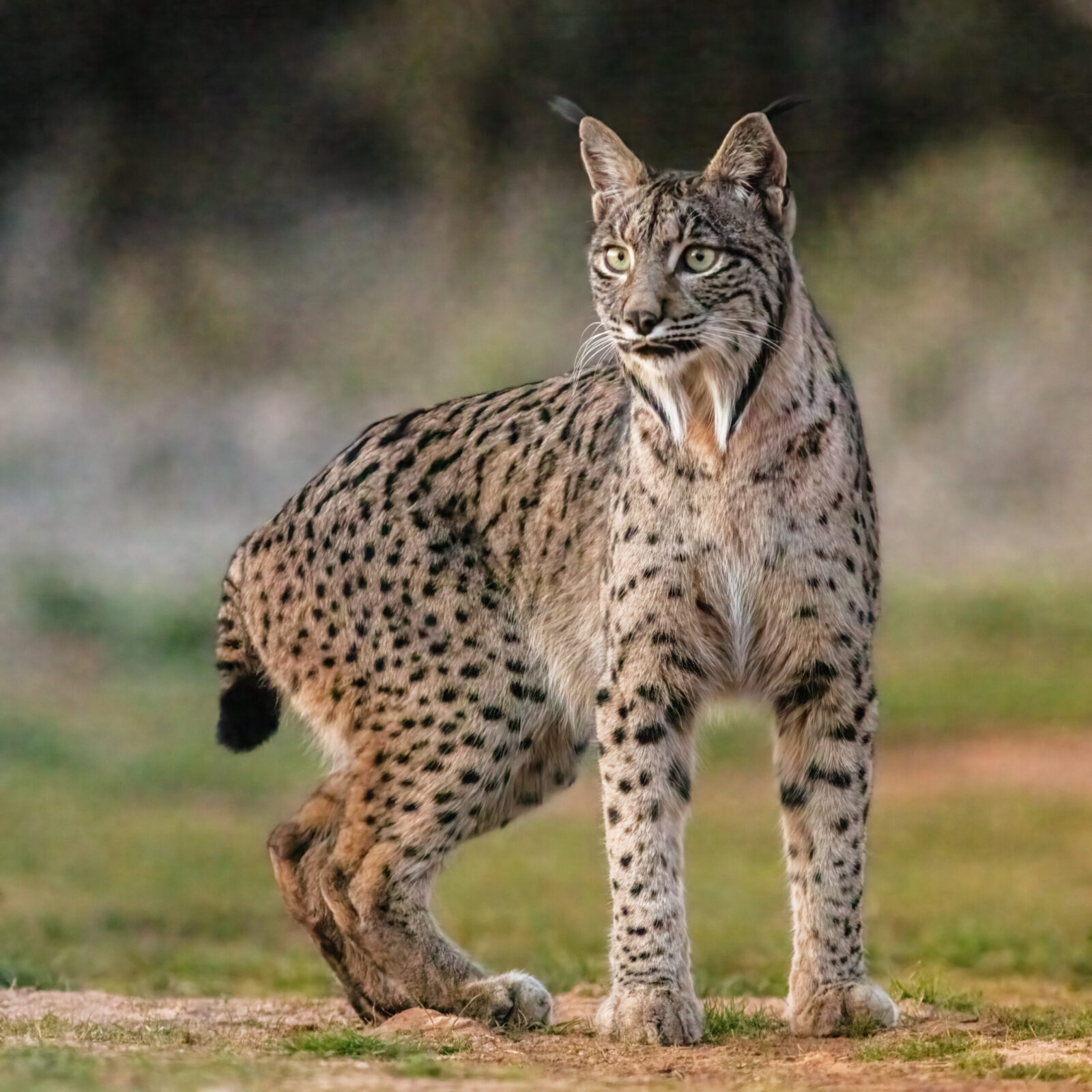Iberian Lynx no longer Endangered
Iberian Lynx, one of the world's rarest and most localised cats, is no longer classed as Endangered, following successful conservation efforts during the last two decades.
On Thursday 20 June, the IUCN downgraded the feline's conservation status from Endangered to Vulnerable, following a gradual increase in numbers during the last few years.
The population of Iberian Lynx, which is found in a handful of locations chiefly in the Iberian Peninsula (chiefly in Spain), grew from 62 mature individuals in 2001 to 648 in 2022.

Iberian Lynx is faring well thanks to conservation action (Diego Delso).
Big cat bouncing back
In total, including young individuals, the estimated population is now belived to amount to more than 2,000 – up significantly from a 2021 estimate of 1,000.
According to the latest census data, there are a total of 14 clusters where the animals were stable and reproducing. Of those, 13 were located in Spain and one in Portugal.
Successful conservation measures are cited as the main reasons behind the cat's comeback. These actions have included the rewilding of historical lynx ranges, boosting populations of prey species (chiefly European Rabbits) and the creation of wildlife corridors and highway tunnels to reduce deaths from road collisions.
Conservation success
This has gone hand-in-hand with reintroductions of captive-bred Iberian Lynx, with all these factors combining to help restore a population that was as low as 94 in 2002. At this time, all individuals were in Spain and the species was declared extinct in Portugal.
In 2022, the world's oldest-ever Iberian Lynx, a female named 'Aura', died at the age of 20 years and six months, well beyond the average of 15 in the wild. Aura was one of the first animals to be captured as young in what at the time was a desperate bid to bring the cat back from the bring through a conservation breeding programme.

